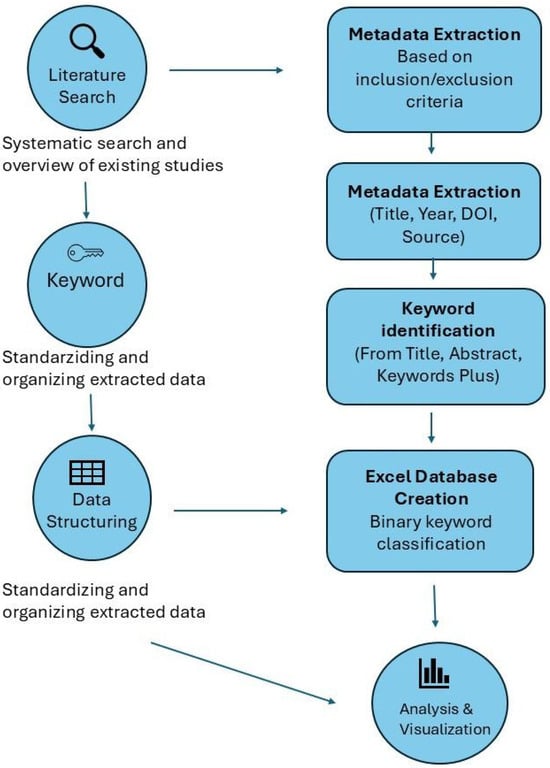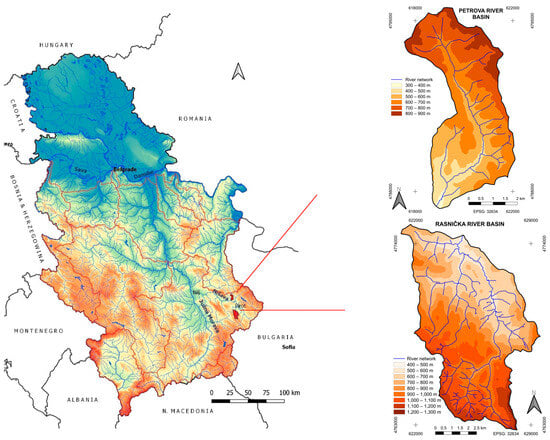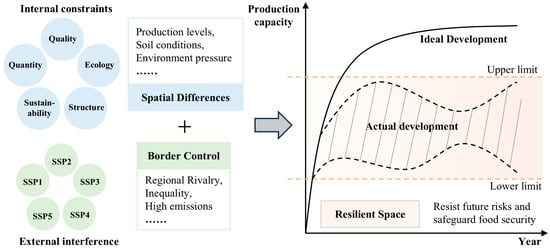- Review
Bibliographic Review on Transnational Cooperation in Environmental Issues in European Countries (2010–2025)
- Malgorzata Waniek,
- Rui Alexandre Castanho and
- Mara Franco
- + 2 authors
Europe is dealing with environmental problems that require cooperation beyond national and regional borders. Air pollution, water pollution, biodiversity loss, and waste management are the major issues that are not only complex but also cross borders. Therefore, it is necessary to provide collaborative responses that go beyond the capacity of individual countries. This inquiry centers on the question of what the best way is to set up and govern the transnational cooperation in Europe to confront these major environmental challenges. A systematic bibliographic review of the research conducted between 2010 and 2025 forms the basis of this work. The research combines semantic analysis and Latent Dirichlet Allocation (LDA) modeling to study 80 selected publications to find the tenets of the themes discussed. The identified topics are urban climate change adaptation and mitigation, climate policy and management, adaptation and vulnerability frameworks, land use and biodiversity impacts, and future climate projections and assessment. The findings show that there are strong synergies between biodiversity and climate adaptation, resilience, and environmental governance, as well as the great influence of climate change on the water management sector. The study has unveiled the significance of institutional policy frameworks in bringing about environmental cooperation across borders. In addition, it depicts the relationship between local urban projects and supra-regional policy strategies, in which the two can merge and function efficiently as long as they are working towards the common goal of environmental sustainability. This study is meant to shed more light on the area of environmental governance research, discovering areas that need more exploration, and providing some signposts on how to improve environmental involvement in Europe.
20 December 2025





![(A) Location of Santander municipality in SW Europe. (B) La Maruca/Pinquel cobble beach on the Cantabrian coast. (C) Oblique photo of La Maruca/Pinquel cobble beach, developing an upper storm crest and some staggered tide berms, arched in a concave-seaward plane shape [27].](https://mdpi-res.com/earth/earth-06-00159/article_deploy/html/images/earth-06-00159-g001-550.jpg)
